More than 435 million years ago, and about 433 million years before the looks of man on Earth, insects appeared on the surface of our planet, becoming one in every of the oldest living creatures on Earth, tens and hundreds or perhaps thousands of species and species, considered the most important group of organisms on the surface of the world. Its size is over 1,000,000 discovered species, that is, nearly 1/2 all living organisms, and there are many thousands or maybe innumerable other varieties not yet discovered, and studies indicate the extinction of enormous numbers of types of crawling and flying insects before their discovery.
Since man appeared on the surface of the earth Earth over two million years ago, insects are the foremost experienced creatures within the paths of this huge planet, and also the most widespread thereon, so man thought that those tiny creatures represented a form of challenge for him to regulate this planet, so it seemed between him and people Organisms are a struggle that has not ended to the present day, and it doesn't seem that it'll end forever.

The truth is that man had some excuse in his hostility to several of those insects, as he saw them harmful to agricultural crops, and animal organisms that he began to lift, additionally to their lethality to man himself, and therefore the transmission of the many diseases and epidemics, and it's known that variety of insects are necessary for man since dawn History especially the parasitic insects that take advantage of its blood like lice, fleas and mosquitoes.
The world of insects
First of all, we should always know that insects are invertebrate animals from the "arthropods" group, one in every of the foremost widespread organisms within the world, the quantity of unclassified species is estimated at about 30 million, meaning that they constitute quite 90% of the assorted varieties of life on Earth, you'll be able to see it anywhere, and any environment, on the bottom, the air, and even the water, At the underside of the oceans and seas, there are forms of arthropod organisms like crustaceans, which contains over 52 thousand known species.
- 10 million species occupied the land and invaded the oceans and seas.. They settled within the mountains and penetrated the bottom.
The world of insects is multi-factions and subspecies, and also the number of known and unknown species is estimated between 2 to 50 million species, although most up-to-date studies limit them to but 10 million species only, there are dragonflies, whose species number quite 5 thousand species, and mantises or "mare" The Prophet, "whose species number reaches two thousand species, quite 20 thousand species of grasshoppers almost like locusts, quite 170 thousand species of bedding and moths, over 120 thousand species of flies, 82 thousand species of real bugs, 360 thousand of beetles, and 110 1000 of bees, wasps and ants.

Between long and short, huge and slim, light and heavy, insects differ in their world, although most adult insects don't exceed a barrier of 0.139 mm, as within the "firefly" insect, or luminous beetles, and a few insects reach quite 55 cm, As within the "phantom insect" or the supermodel, as for the sizes and weights, there are giant insects that reach from 70 to 100 grams, as within the insect The endangered "giant weta" and therefore the "goliath beetles" insect, although this doesn't mean that an oversized proportion of insects haven't been discovered yet.
A state of mutual hostility, as we said, the link between humans and insects ensued.These tiny creatures failed to adhere to a number of them well-treated, so it caused harm to everything that humans cultivated, but rather contributed to the spread of the many groups and epidemics, and also contributed to providing an appropriate environment for the spread of another insects, like Acarouss, and rodents, and a few pests like the cotton leaf worm, the American bollworm and also the cotton jacidae, additionally to some animal pests like the red spider mite, mice and sparrows.
- The French Gee Rashet: the traditional Egyptians sanctified the beetle or the "scarab" ... and erected the "bee" as a sacred symbol for territorial division.
Despite the foregoing, most researchers saw that these tiny creatures, despite this state of hostility, provided lots of services to kinsfolk. for instance, their role in solving the matter of plant accumulation on the bottom suffices, as insects devour many plants daily, and over All creatures are all at once, and without them these plants would cover the world, and their role in ridding the planet of carcasses from dead animals is additionally important, and over that, a number of these insects provided themselves as a serious source of food for a few other animals.
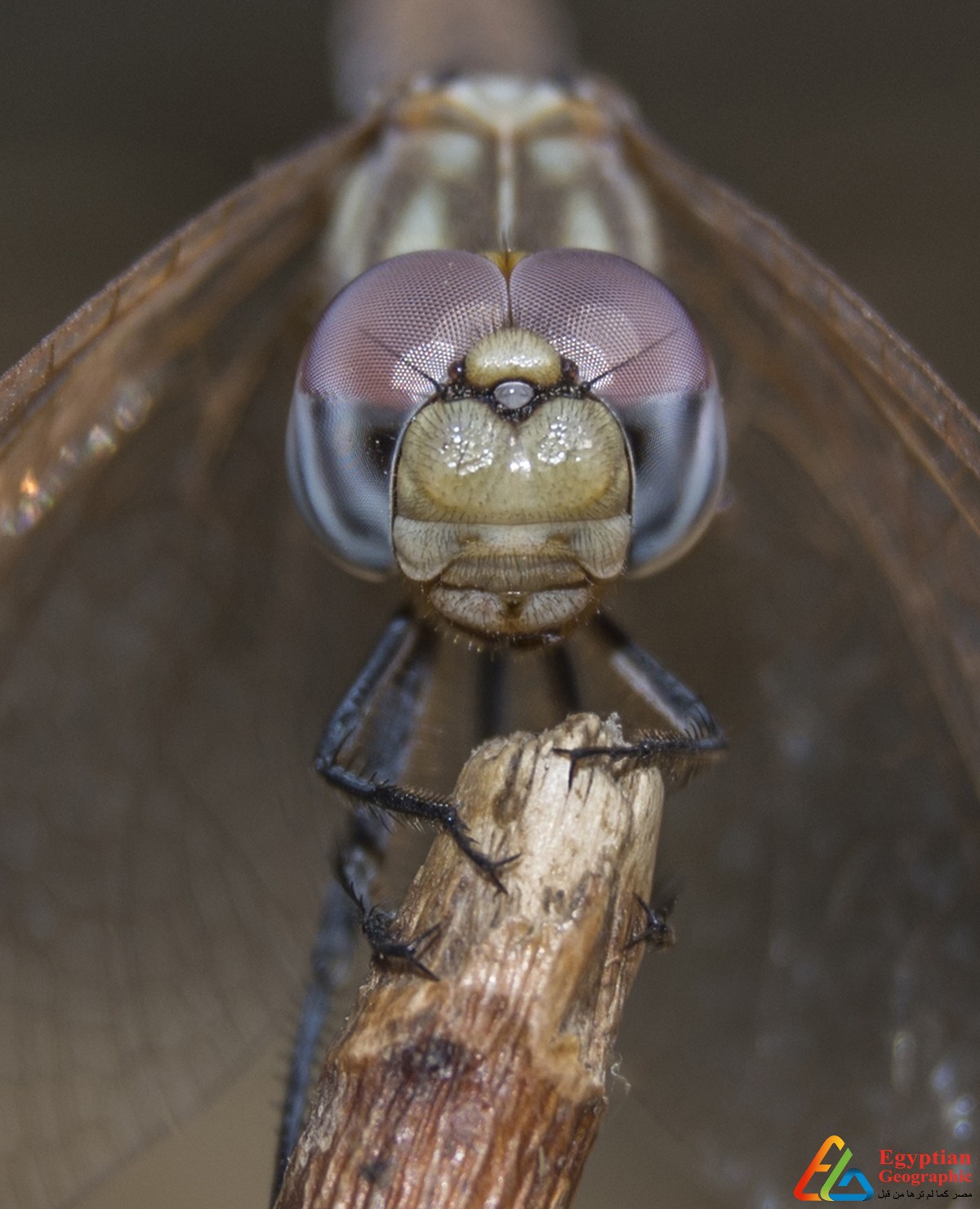
We must not forget that there are many direct ways through which these insects provide real benefit, providing honey, wax, silk and other products to them, as they directly contribute to pollinating plants to supply their fruits, and that they also constitute a natural hostility to insects that damage agriculture, and it's enough for us. we all know that one-third of the food of usa citizens is produced by bees, because they pollinate the flowers that produce fruits and vegetables, either through plants or through the trees themselves.
In his book "The Comprehensive Encyclopedia of Pharaonic Civilization", the famous French Egyptologist "Guy Racet" talked about the influence of insects within the ancient Egyptian civilization. He mentioned that the hieroglyphic writings spoke about a number of them, and therefore the fly "Atef" was seen in many numbers, in homes, streets, and villages and also the deserts, and also the writings showed the extent to which humans and animals alike were distressed by them, unlike the "house" bee, which they left to multiply and settle The Delta, because it supplies them with huge quantities of honey, which occupied the most place within the kitchens of the traditional Egyptians, making it a sacred symbol of administrative division, and even its name was incorporated into the mixture of the title of King of Egypt, Upper and Lower.

An insect failed to have an insect in human history because the beetle, or "scarab", has occupied a prominent and distinct position, and therefore the ancient Egyptians called it the name Kharar, and when the writing began to seem, its image was wont to write a fancy word which is that the verb news, meaning "comes into being", then it became Meaning "to be", or "to become," and among the strange images preserved within the Valley of the Kings, an enormous black beetle emerging from the sand pulls a glowing ball. Plutarch explained it, saying: As for the scarab beetle, it's believed that it's no females and every one the scarabs are males, It places its seed in an exceedingly grain of fabric that it forms within the style of a ball, and pulls it behind it, while it pushes it with its hind legs, simulating by doing this the march of the sun from east to west.
There is also the insect of the centipede, or what's called "the mother of forty-four", but it had been not of the numerical density in ancient Egypt, unlike the "locusts", which accustomed form huge swarms of numbers, often attacking agricultural crops, so it absolutely was considered among Egypt's pests and major disasters, Indeed, it had been mentioned by one in all the chapters of the "Torah" and "termites", which caused his great voracity and voracity to eliminate all woodwork, so some historians emphasized that it absolutely was the most reason for eliminating all wooden parts of ancient Egyptian architecture.
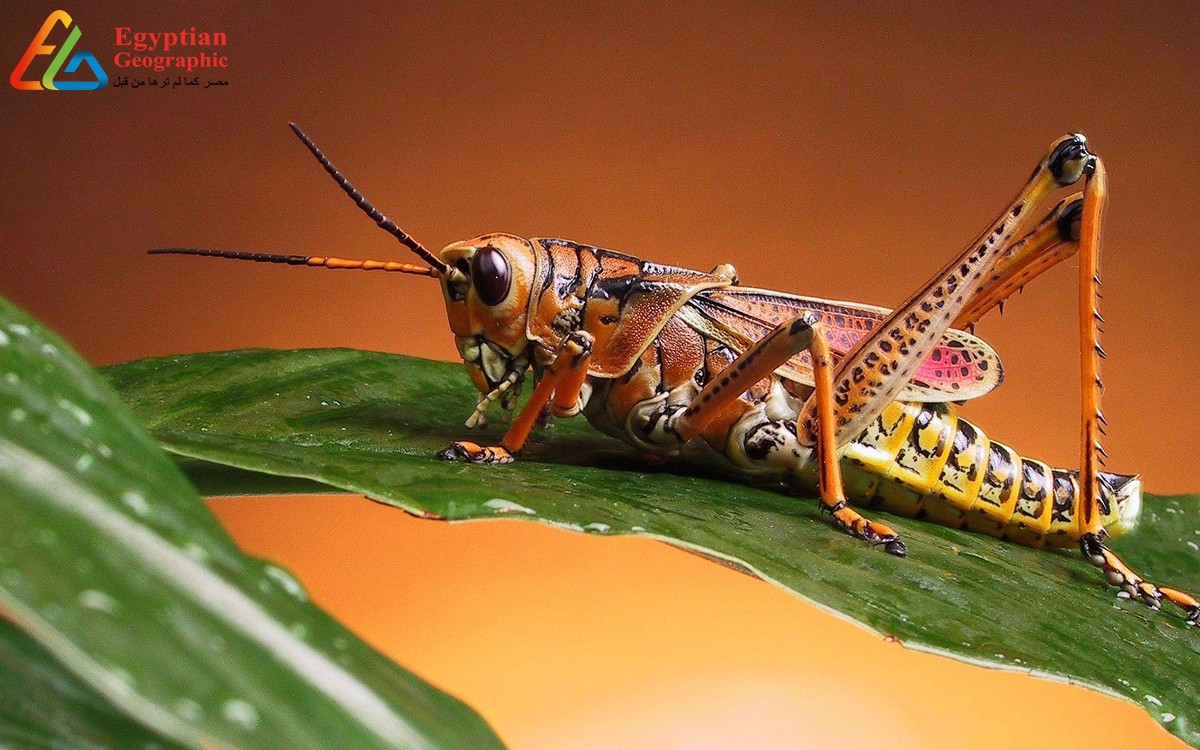
Poisonous insects
If there are insects that are beneficial to humans, or that destroy agricultural crops, then there also are deadly or poisonous insects, and although the Egyptian environment isn't qualified to incubate harmful insects, it contains many toxic species to the extent of danger, and one in all the scientific teams at the college of Science at Ain Shams University revealed it's counted the categories of poisonous and stinging insects within the Egyptian environment, the presence of roughly 1,300 species of poisonous and stinging insects, that is, nearly a 3rd of the species registered with the Egyptian Insect Association, Zanni amounting to 4 thousand species, and about 1155 species of them It belongs to the family Hymenoptera, like bees, wasps and ants, and 147 species belong to the family of Sheathlapidae like beetles.
The Egyptian scientific team headed by Dr. Hassan Fadl and also the assistant Dr. Mahmoud Saleh in Cairo sciences and slowly Salah with the sciences of the shipway, confirmed that the poison system in these insects consists of an egg-laying machine, which has been modified to focus on the formation and injection of poison, which suggests that the stinging machine in insects exists Only in females and not in males.
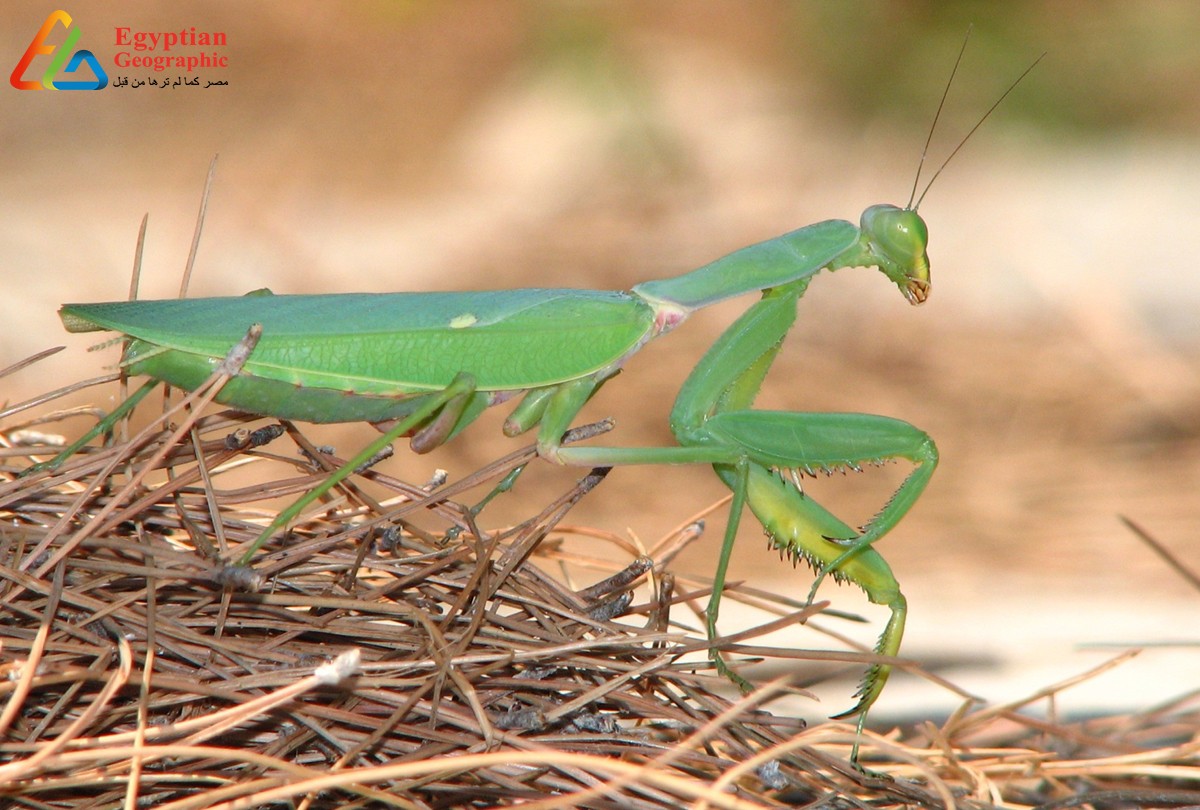
As for the poison, it consists in two acid glands that open into the poison sac, through which these acidic components are mixed with secretions from a base gland, as an example bee venom consists of proteins and enzymes that stimulate the body to excrete "histamine", which causes an area reaction, pain and itching. Swelling, or swelling at the location of the sting, and if the honey bee leaves the poison sac under the affected skin when stung, and therefore the bag gradually discharges its components inside the body, while the opposite insects don't leave any residue inside the person's body after the stinging process, and also the toxins are divided into four types, Local toxins that are characterized by beetles, neurotoxins and characterized by bees and wasps, and analyzers that analyze blood cells and tissues, and which are characterized by fire ants, then anti-clotting poisons that are characterized by lice, fleas, fleas and mosquitoes.




































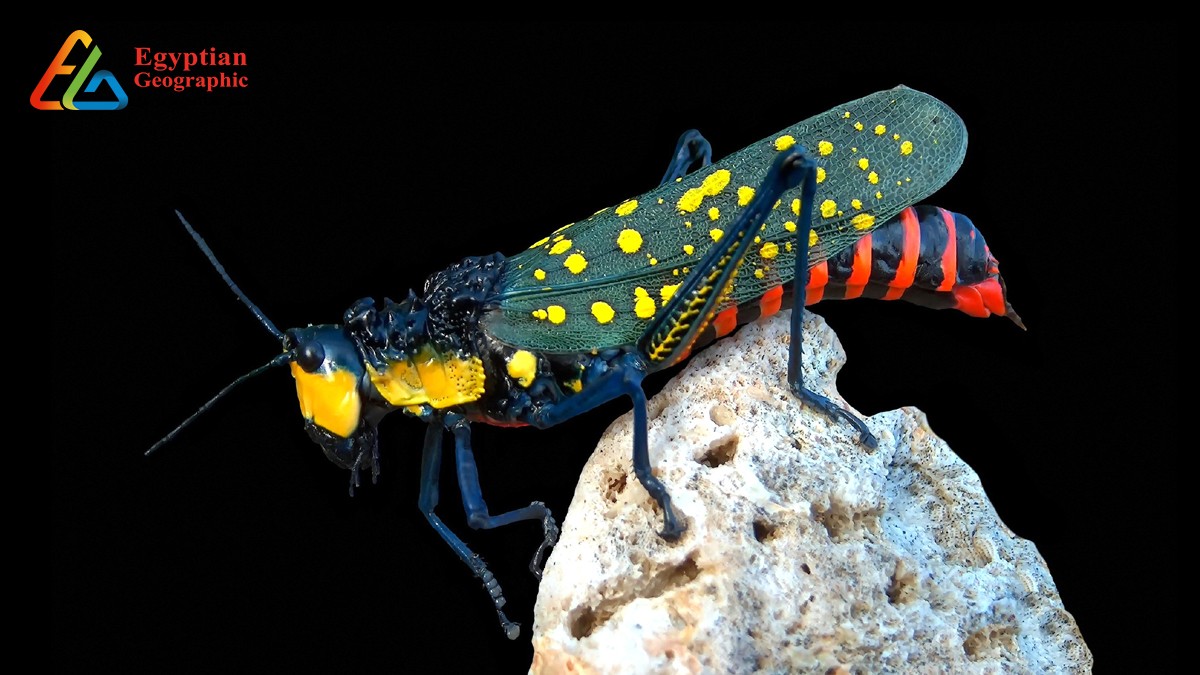
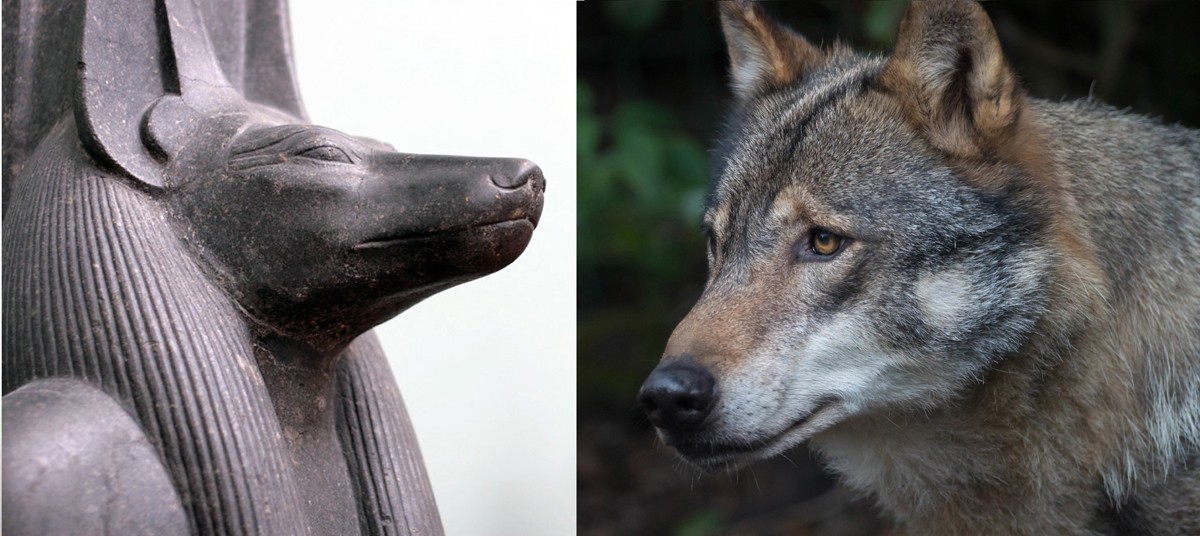



























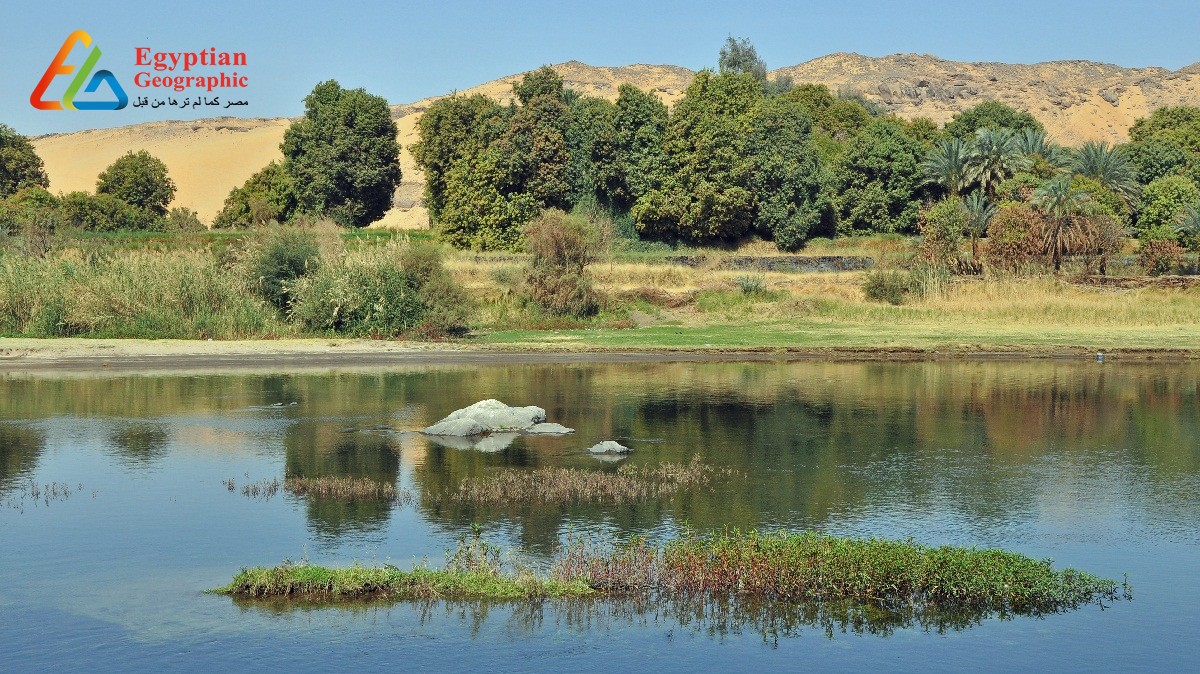
Egyptian Site & magazine